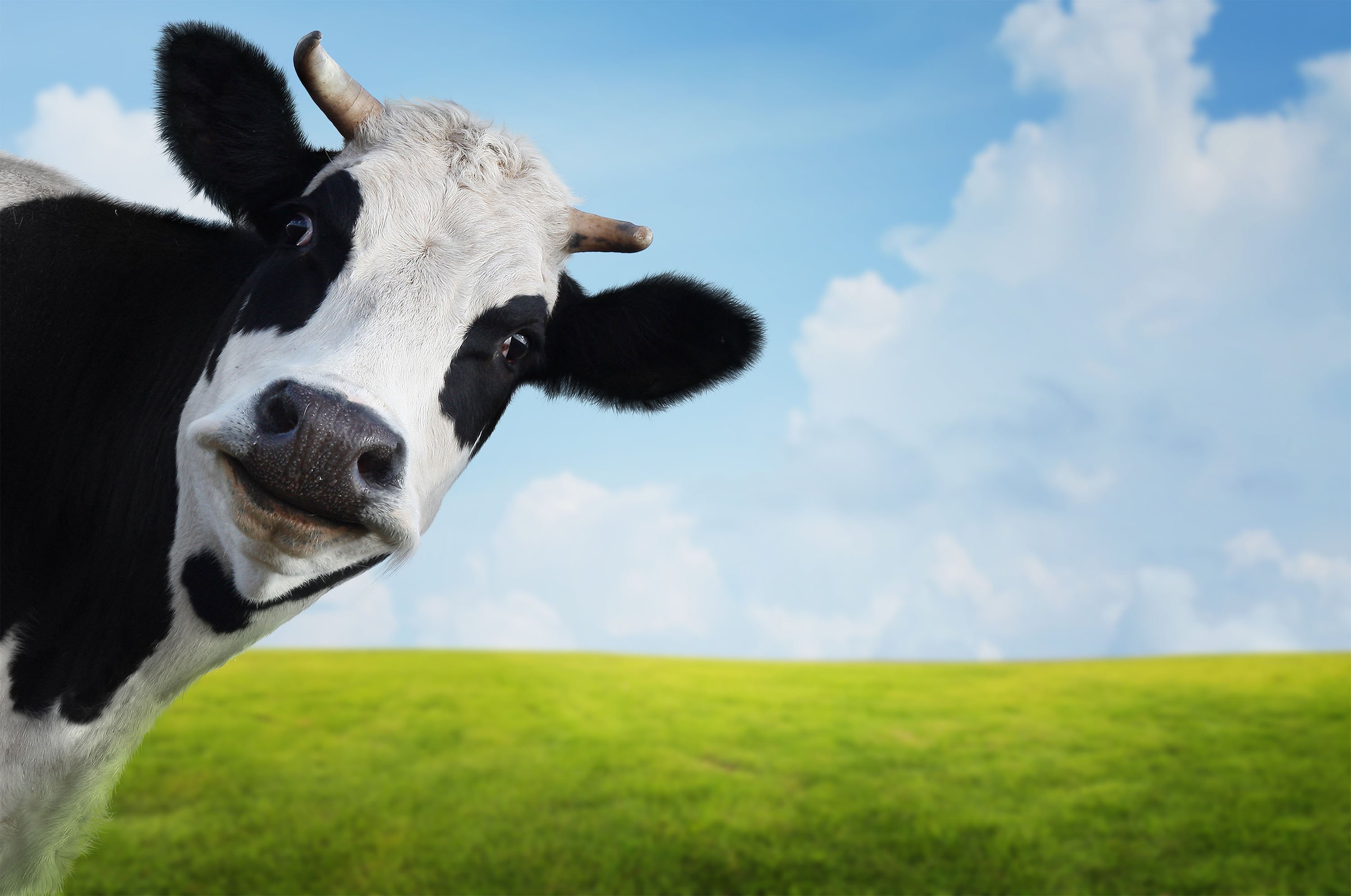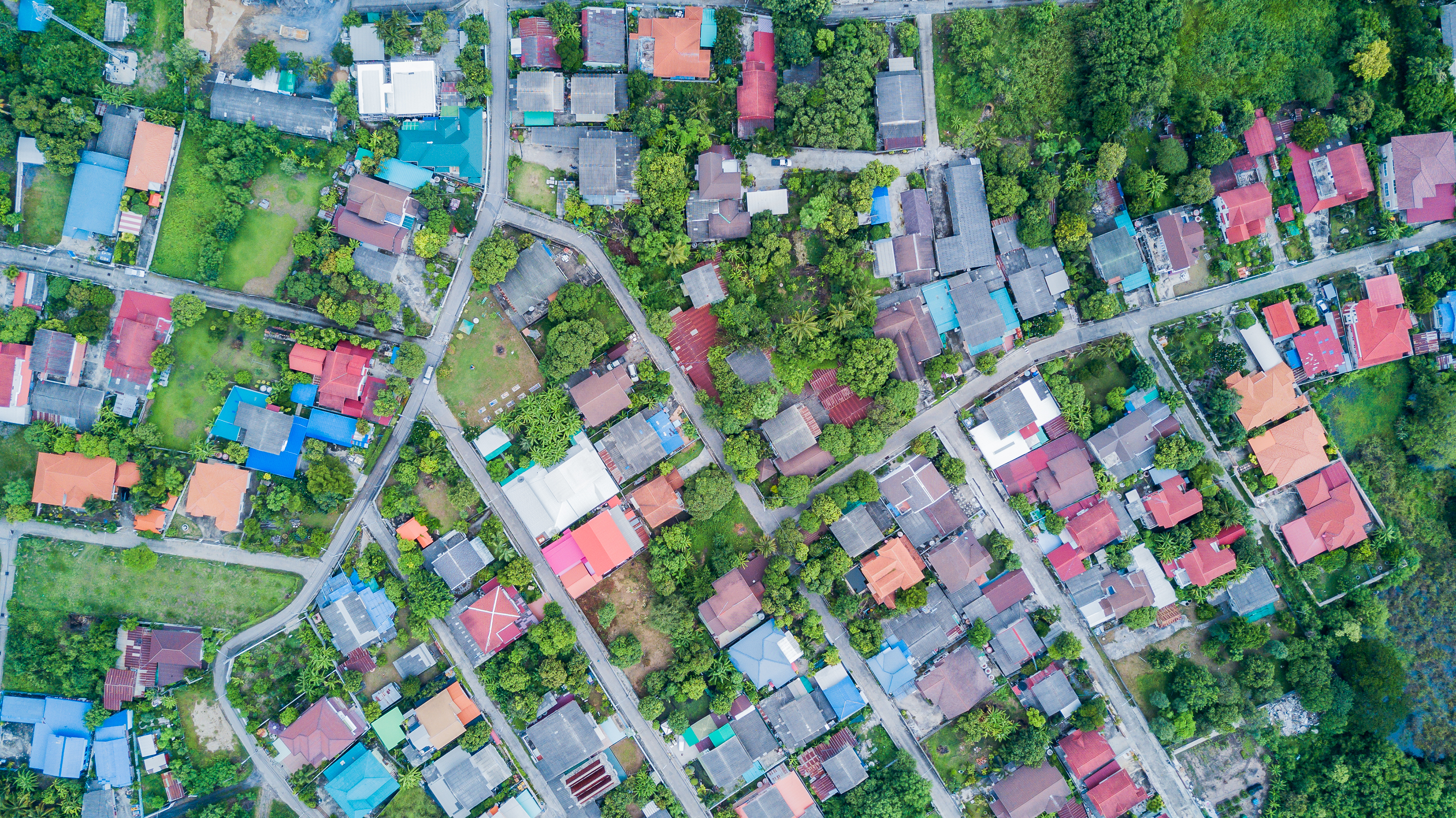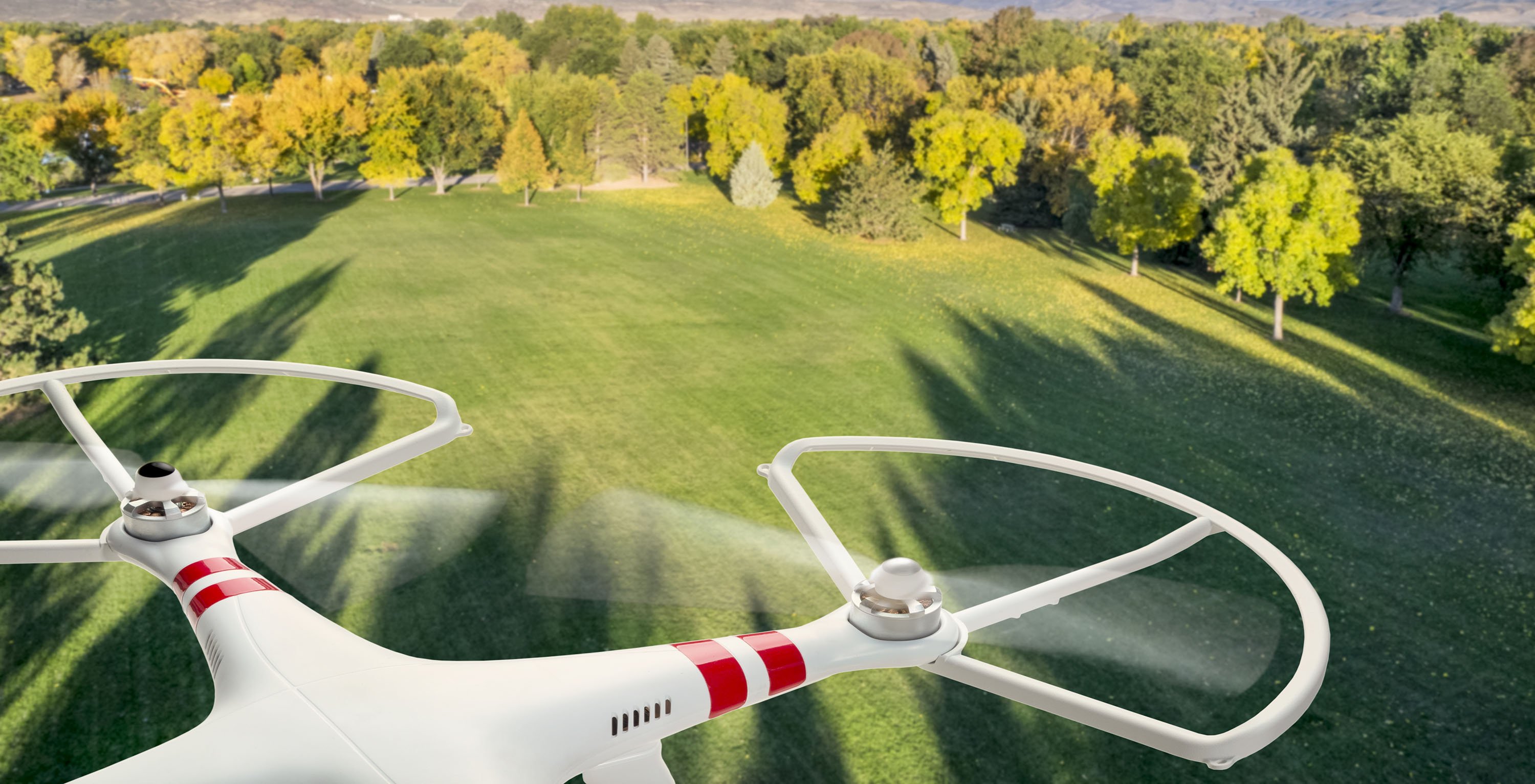
Drones make an impact down on the farm
Who would have thought that drones are set to become a farmer's best friend? According to an article by Molly Price at CNET automated drones are poised to become a key tool in the monitoring and management of cattle health in the pasture. The project has been developed by a team of professors and student researchers at the University of Kentucky. The team was motivated by statistics that showed 2.5 million U.S. cattle die each year from health issues - a figure that accounts for 60% of all deaths. This project could prove important to Australia, which is the world's most valuable exporter of beef, and second highest volume exporter after Brazil. Sheep focused livestock welfare drone trials are being conducted in Australia, and this USA project could inform future investigation.
The team is hoping to primarily monitor beef cattle, a major U.S. wide industry, and a significant export earner. In fact the North American Meat Institute reported a record $7.27 billion for beef exports in 2017. That same year USDA reports show that U.S. meat companies produced a staggering 26.3 billion pounds of beef.
Cattle graze in the fields for extended periods of time so it is often difficult for farmers to regularly check their health. Drones offer a method to autonomously check and monitor the herds health and general disposition, allowing any safety or health issues to be addressed much sooner.
The system aims to locate and monitor health related information such as size, weight, and physical appearance. Potentially, this UAV (unmanned air vehicles) system could individually identify and monitor each cow. The project, originally funded by the USDA (US Dept. of Agriculture), started in 2018 and is due to continue until February 2021.
How automated drones on farms work
- From an observer drone hovering 90-270 feet above the herd, downward-facing stereo cameras track motion to determine the location and orientation of the herd.
- Three worker drones then take this information and use it to track individual cows. They perform the health tracking and monitoring.
- To test the drones in synchronised flight, a test centre was set up in a basement lab at the university using a cow model named Chuck. High ceilings allowed cameras to be placed along the walls to act as the observer drone. Retroreflective markers are used to triangulate the positions of the drones and cow within the room. The information is then passed, via the software, to the worker drones with the coordinates and flight data relative to the cow's position.
- Students closely monitor each drone, and are standing by to step in with corrections, but the automated system is doing nearly all the work.
"We're trying to prove that this method is safe before we take it outside and work with real cattle. Everything is completely autonomous, but we have a fail-safe where pilots can take over if things get a little unstable" says Zack Lippay, the Ph.D. student in charge of these test flights.
3DR Solo drones modified with Raspberry Pi are being used in this project. A low-cost computer board, and a wireless connectivity dongle are added to enable communication between the drones. A customised software program then instructs the drones when and where to enact flight instructions such as take-off, hover, land, and home.
Cows posing for their portraits
Completion of the flight is just the first step in the monitoring procedure. The bovine "facial recognition" process is the real challenge the team is facing. How do you teach a drone how to determine one cow from another? This is where machine learning and facial recognition software play their crucial role. The software needs to be trained to not only recognise the size, shape, and colours of the cow, but will also have to learn the features of each cow's face. For this, 3D models need to be constructed using real images of each individual cow.
For this, University of Kentucky professors in biosystems, agricultura l engineering, and computer science are lending their expertise to this part of the project. They are collecting, and collating, the correct dataset of bovine images to correctly train the software as to what a cow should look like. Within a standard cattle pen, over 40 cameras have been set up in a 360-degree configuration to create what is, effectively, a cow photo booth. As each cow is led into the pen, the 40+ cameras go to work creating a 3D model which the software can then use to learn what to look for in the field. The system should be able to catalogue up to 50 cows per day once testing on real cows begins.
Will drone activity stress the stock?
Trials have already begun on this question. Stressed out stock would potentially give out anomalous health readings such as heightened heart rate. To prevent this, a team from the university's Animal Research Centre is gathering information on the herd by using a cow-sized heart rate monitoring strap. A GPS tracker and mobile phone for email are attached. Each phone and email are calibrated to an individual cow so that health levels can be continuously measured. For three days a week the team perform several 5-10-minute flights around the herd, while looking for adverse health effects. Professor of Mechanical Engineering and lead researcher on the project Gertrude Lester says, "One of the key things about using UAVs around animals for health monitoring is we have to understand how close we can get to them and how we can manoeuvre around them in order to prevent any adverse effects."
So far there has been no indication of drone activity causing any stress in the herd.
Farming the future with drone technology
Dr. Steven Thomson, a National Program Leader with the USDA National Institute of Food and Agriculture spoke with optimism about this pioneering project when he said, "Unmanned aerial imaging systems have the benefit of monitoring large areas of livestock, much like they already do for monitoring crop health. This practice is a cost-effective way to monitor key livestock health indicators using sensors and imaging."
While this autonomous drone technology is still in development and probably years from completion, it still offers a tantalising glimpse of how this technology can greatly benefit the farming sector.
Says Jesse Hoagg, a lead researcher on the project, "The hope is that someday the technology we're developing in this project could actually be commercialised and used by small-herd cattle producers in the state of Kentucky, the United States in general and possibly across the world."





